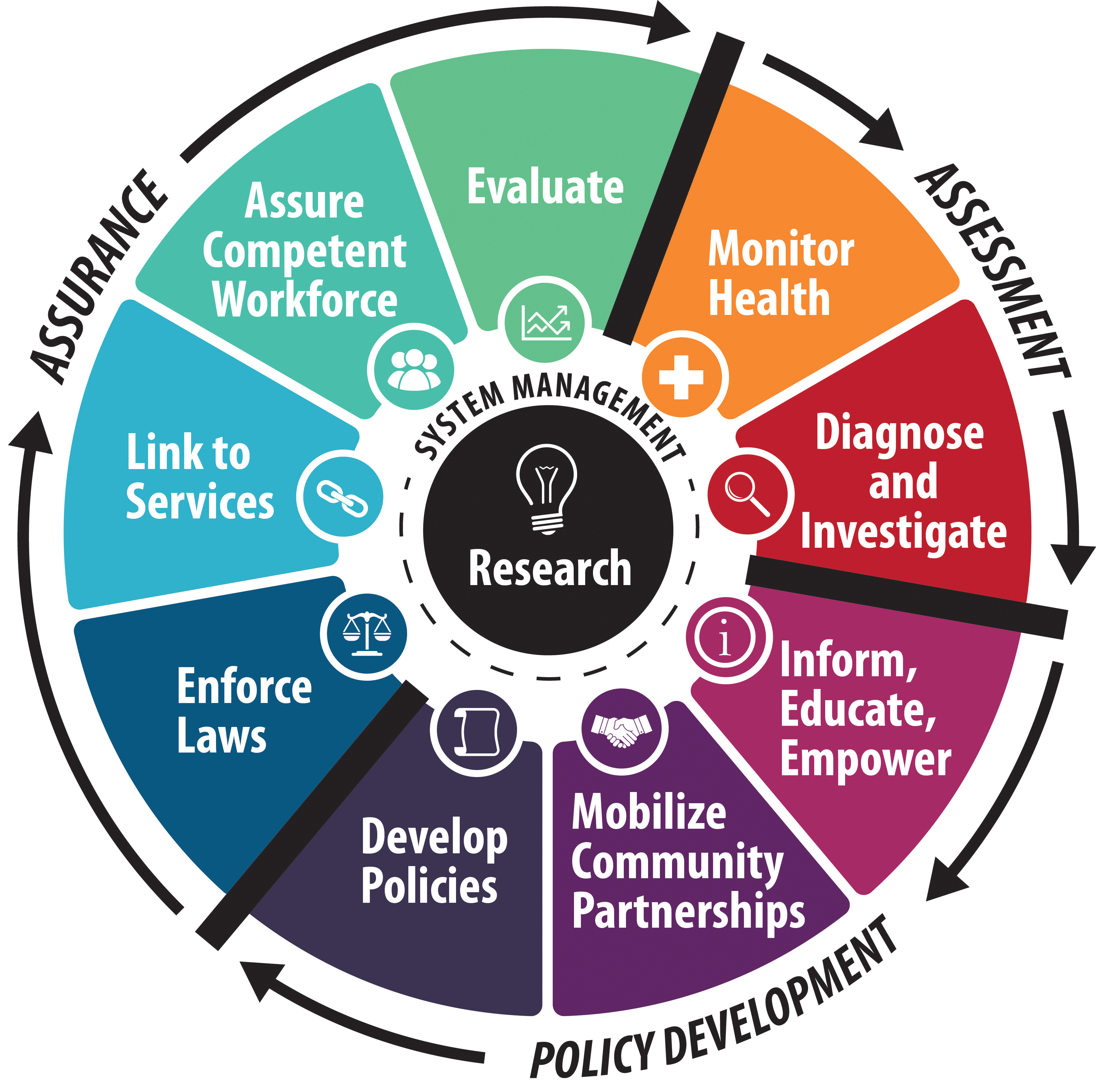Vanessa Lamers is the Assistant Director of Performance Management and Quality Improvement at PHF.

Overview of Tribal Water Issues
Safe drinking water from the source to the tap is critical to protecting human health and many rural communities and Tribes are struggling to provide safe water to consumers. A primary goal of a Tribal water program is the assurance of safe drinking water to Tribal members. The prominent challenges with reaching this goal include developing and maintaining technical, financial and managerial capacity, informing consumers about the safety and benefits of safe water, and dealing with the unique scenarios presented by remote locations, harsh climates, small populations, and limited economies of scale. Similar to the overall US population, Tribes receive their drinking water through both regulated public water systems and unregulated water sources.
The 10 Essential Environmental Public Health Services and Quality Improvement
Following the training, PHF continued work with three Tribes, focusing on quality improvement methodologies, and increasing the effectiveness and efficiency of program services. Over the last 18 months, each has made large strides to reach their program improvement goals:
- Cherokee Nation – Completed water testing outreach and education, and tested a sanitation survey for a more comprehensive approach.
- Northern Cheyenne Tribe – Drafted and completed a Memorandum of Agreement and template resolution to establish a private drinking water program with multiple program partners, which was passed by the Tribal Council in September 2017.
- Tuscarora Nation – Assessed improvements needed in Tribal member education regarding water well pollutants and septic systems, and piloted an incentive-based training program which increased Tribal member participation five-fold.
For more information about this initiative or PHF’s work in environmental health, contact Vanessa Lamers at
vlamers@phf.org or (202) 218-4412.
Related Resources